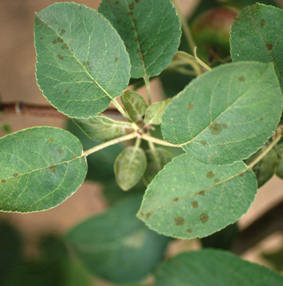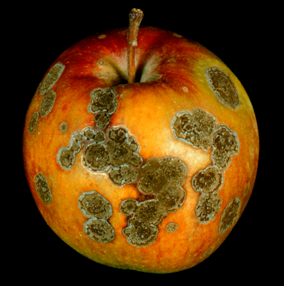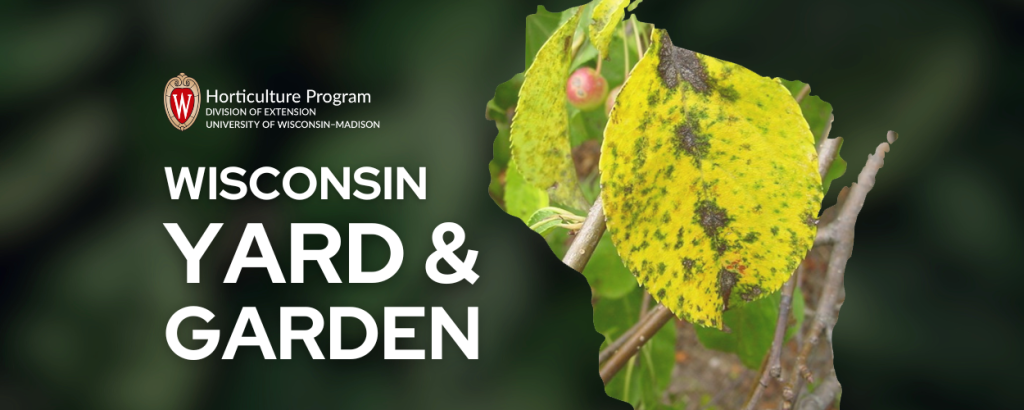
Apple scab is one of the more common foliar diseases of trees and was a widespread problem across Wisconsin in 2024. Flowering crabapples and apples grown in orchards are prone to infection, which can cause most leaves to drop off the tree early. Managing this disease involves planning before the growing season resumes.
Development of apple scab, caused by a fungus, is favored by cool, wet weather. Infection starts as leaves emerge from buds in the coming weeks as our spring progresses. Once infected, leaves on trees will start to show olive green to black spots. Leaves may then curl, turn yellow or brown, and eventually drop off early. It is common to see early defoliation starting in July, as was the case in 2024.
One of the keys to how severe this disease will be in any given year is the weather conditions as foliage develops. Cold, wet weather when crabapples or apples are in this stage favors apple scab development. Conversely, dry, warm weather does not. Susceptible trees need to be protected by fungicide applications starting as buds break open and leaves emerge. Timing is critical; as most fungicides protect emerging foliage from plant diseases such as scab, they do not “cure” leaves already infected.
Fungicides containing captan, chlorothalonil, and mancozeb as active ingredients are available to control apple scab. In addition, myclobutanil, propiconazole, or thiophanate methyl fungicides are available but should be alternated with other active ingredients. Always refer to specific product labels to ensure the fungicide is intended for use on either on landscape crabapples or apples to harvest. Home orchard sprays usually contain fungicides to control scab. With all pesticides, read, understand, and follow all label directions. Repeated applications at 7-to-14-day intervals through the wet weather is usually required, read product labels for the time intervals.
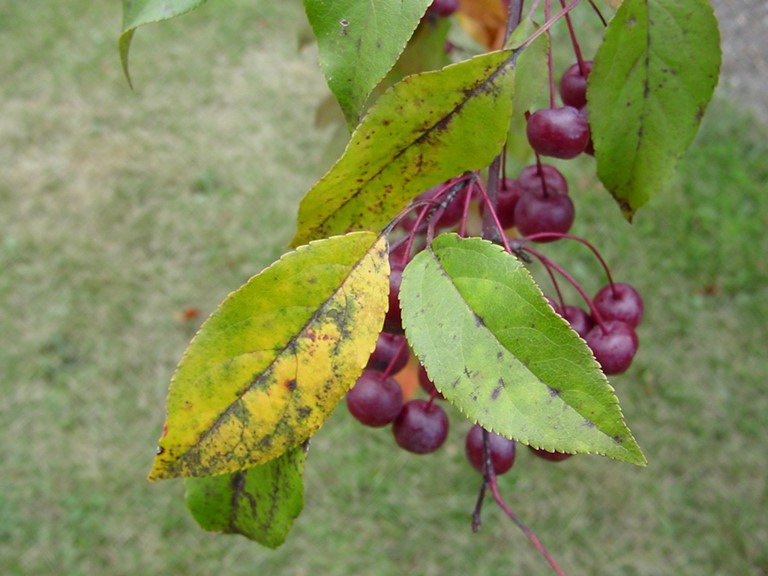
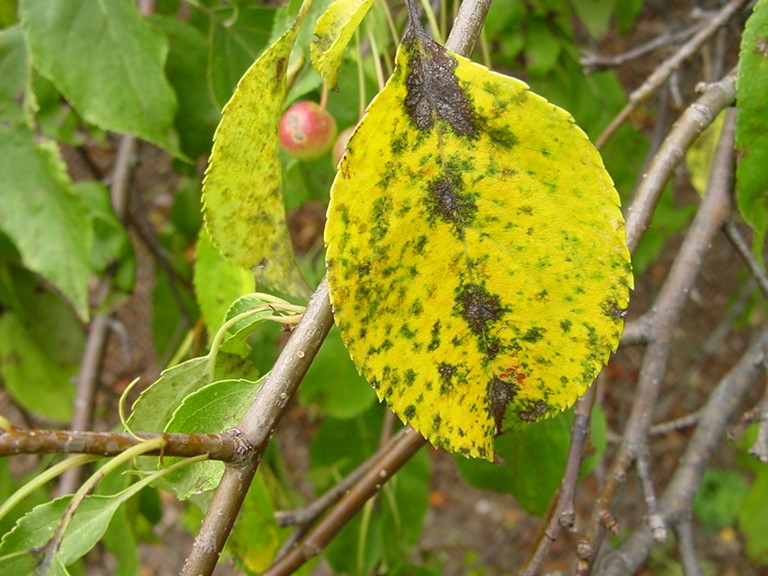
Fungicide treatments must be repeated each year to protect susceptible trees. The most effective long-term management strategy for apple scab on flowering crabapples is to plant apple scab resistant cultivars and varieties, which have genetic resistance. Certainly, flower color, fruit size and color, and tree habit are important characteristics when choosing flowering crabs; but start with disease resistance. Make sure you choose scab resistant trees.
Pruning to allow air to circulate through trees can potentially reduce scab to some degree by drying foliage faster. Cleaning up infected leaves in fall can reduce the number of spores to infect trees the following spring.
If you have a highly susceptible flowering crab, consider replacing it with a resistant one. That will make an excellent 2025 Arbor Day project that will pay dividends for years to come!

About the Author
Bruce Spangenberg is a Horticulture Outreach Specialist with UW-Madison Division of Extension. Get answers to your lawn, landscape and garden questions anytime at “Ask Your Gardening Question.”

